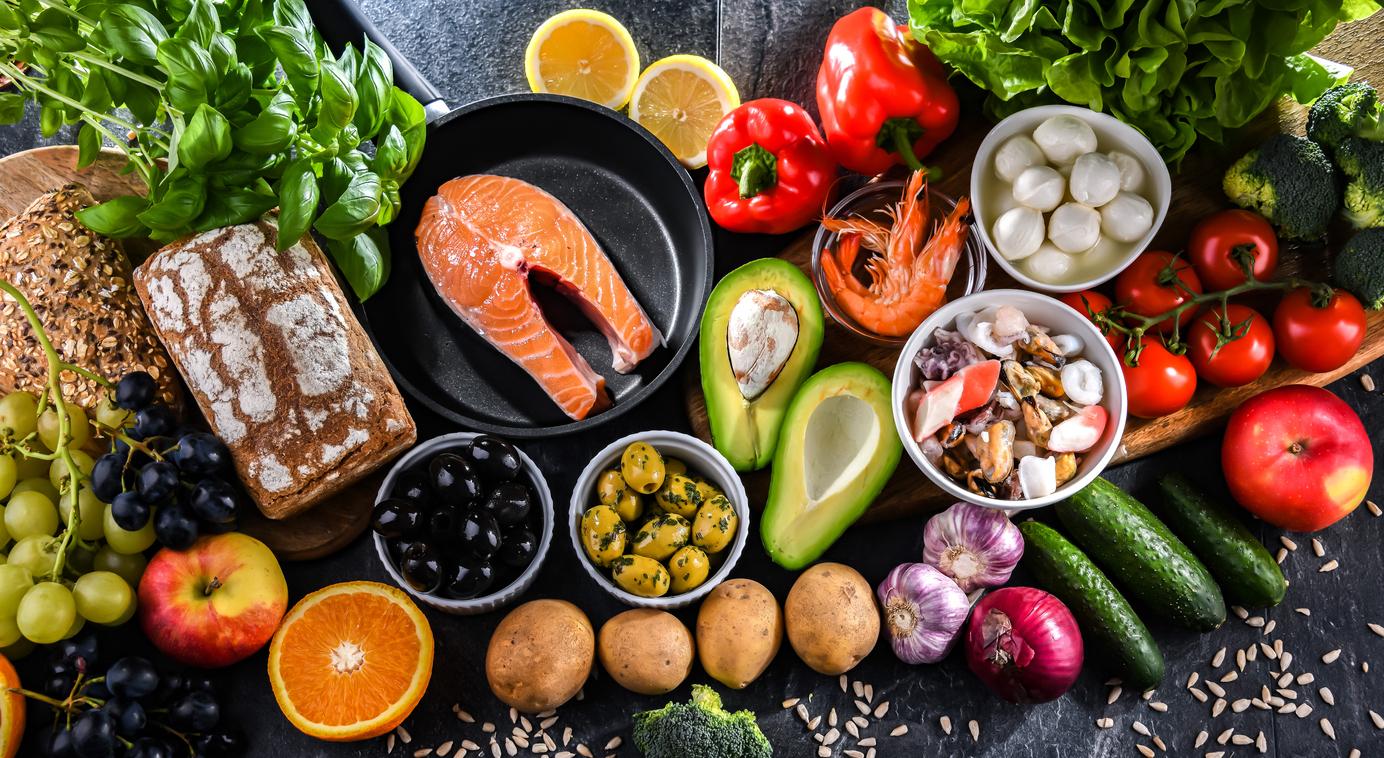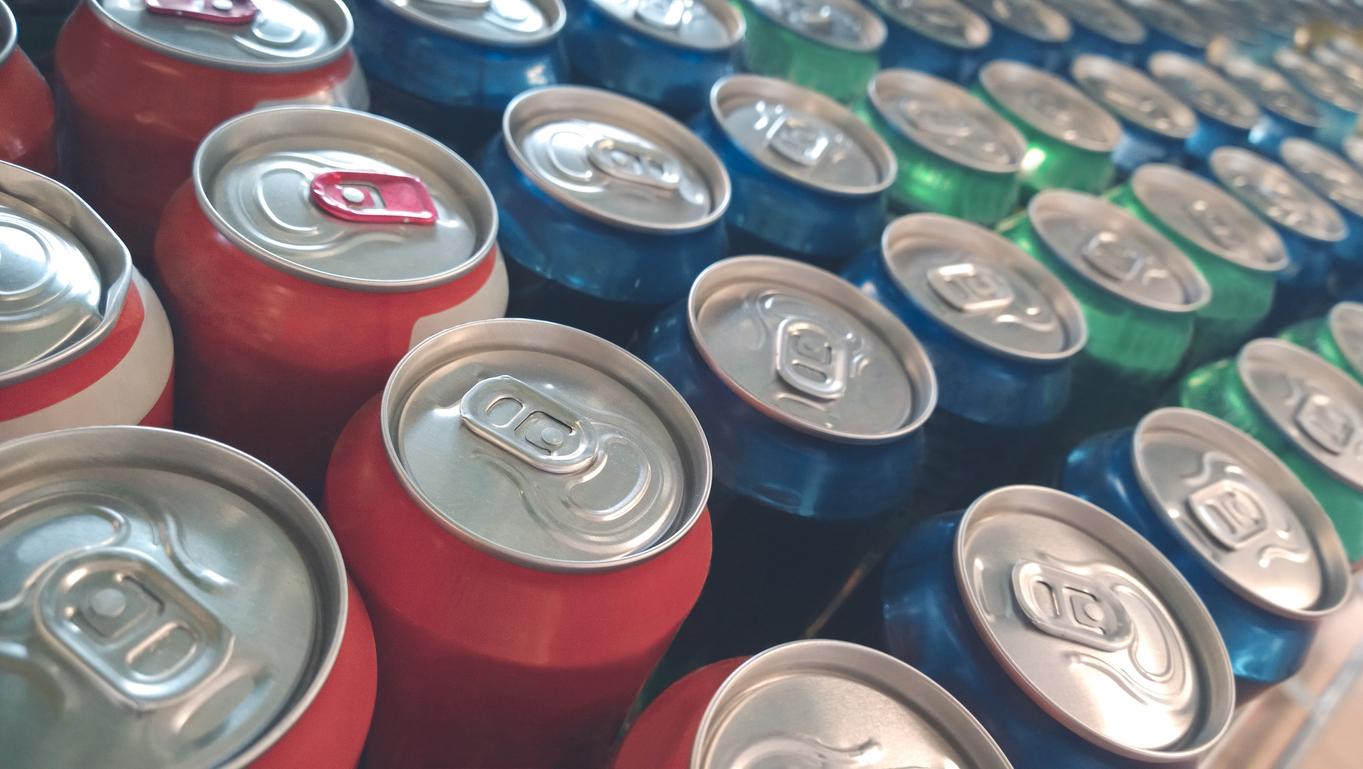Nanomaterials contained in food will have to appear on the labels. The health risk is under investigation.

The list of ingredients, including nanomaterials! As of May 12, manufacturers will have to strengthen information for consumers on nanomaterials contained in food. a stopped published in Official newspaper This Wednesday requires manufacturers and distributors to specify on the packaging whether food contains nanomaterials and, if so, which ones.
“All the ingredients of foodstuffs that are in the form of manufactured nanomaterials are clearly indicated in the list of ingredients. The name of the ingredients is followed by the word “NANO” in square brackets “, specifies the decree.
E551, E171 …
Manufactured nanomaterials are around a thousandth of a millimeter in size. They enter into the composition of a wide variety of everyday products – textiles, food, paints, cosmetics… “Scientific uncertainties remain concerning the impact on human health of manufactured nanomaterials contained in foodstuffs”, perhaps. we read in the decree.
Amorphous silica, an anti-caking additive commonly used in sugar (E551), or titanium dioxide (E171), a bleaching dye also widespread (in confectionery in particular) or even nanosilver, are found in the form of tiny particles in foodstuffs. These nanoparticles have specific physicochemical properties, different from those of the non-nanotechnological form of the same material.
Carcinogenesis
In January, a study carried out by INRA (French National Institute for Agronomic Research) on rats exposed orally to titanium dioxide showed for the first time that in animals, the nanomaterial penetrated the intestinal wall and was found in the body. Immune system disorders linked to the absorption of the nanoparticulate fraction of the additive have thus been observed.
Chronic oral exposure to E171 was associated with the formation of preneoplastic lesions in the colon (non-malignant stage of carcinogenesis) in 40% of exposed animals. “These results testify to an initiating and promoting effect of the early stages of colorectal carcinogenesis, without however making it possible to extrapolate these conclusions to humans and for more advanced stages of the pathology”, write the authors of the work published in Scientific Reports.
Reduce exposure
On the basis of this work, ANSES (National Health Security Agency) recently issued new recommendations and recommended gradually reducing the exposure of the population to nanomaterials in foodstuffs.
The decree published on May 10 requires that consumers be informed when the nanoparticle content is greater than 10%, in accordance with the recommendations of the European health authorities.
By “manufactured nanomaterial”, the legislator understands “any material produced intentionally having one or more dimensions of the order of 100 nm or less, or composed of distinct functional parts (…) including structures, agglomerates or aggregates which can have a size greater than 100 nm but which retain properties typical of the nanoscale ”.
.
















